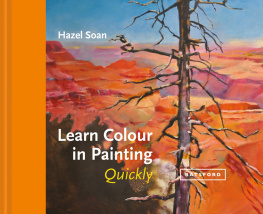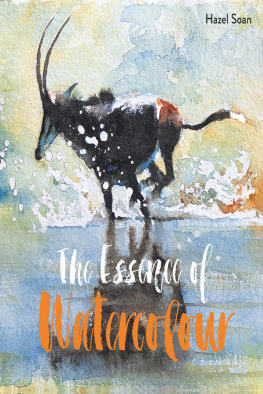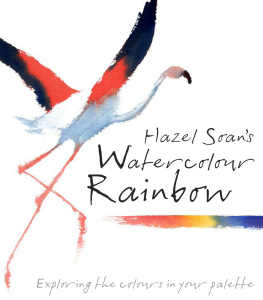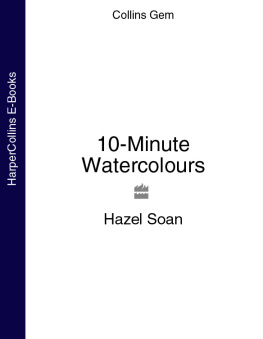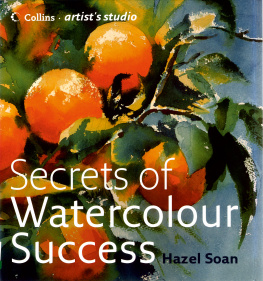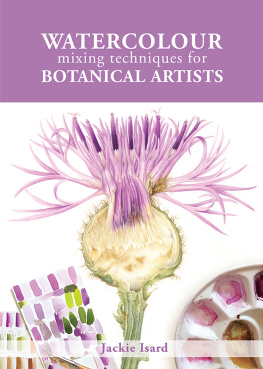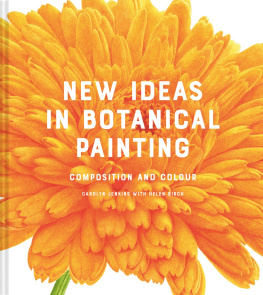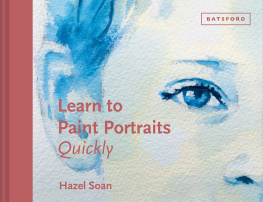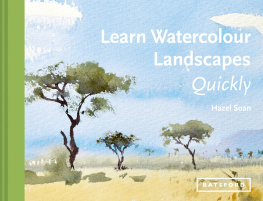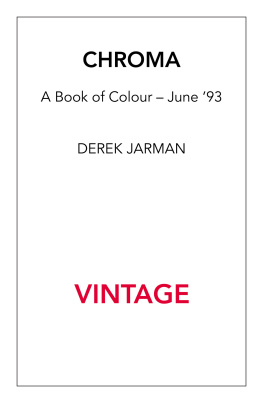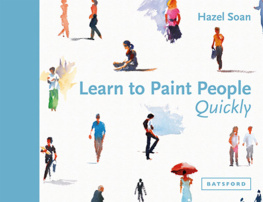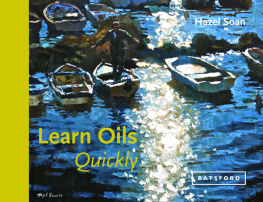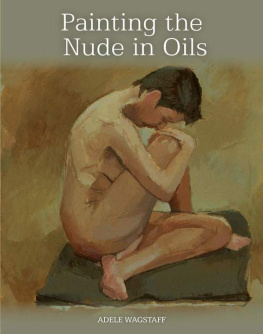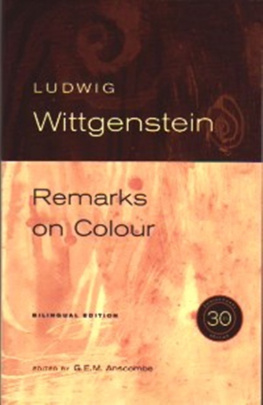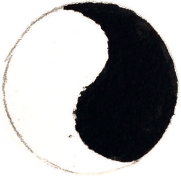Hazel Soan - Learn Colour in Painting Quickly
Here you can read online Hazel Soan - Learn Colour in Painting Quickly full text of the book (entire story) in english for free. Download pdf and epub, get meaning, cover and reviews about this ebook. year: 2018, publisher: Batsford, genre: Art / Computer. Description of the work, (preface) as well as reviews are available. Best literature library LitArk.com created for fans of good reading and offers a wide selection of genres:
Romance novel
Science fiction
Adventure
Detective
Science
History
Home and family
Prose
Art
Politics
Computer
Non-fiction
Religion
Business
Children
Humor
Choose a favorite category and find really read worthwhile books. Enjoy immersion in the world of imagination, feel the emotions of the characters or learn something new for yourself, make an fascinating discovery.
- Book:Learn Colour in Painting Quickly
- Author:
- Publisher:Batsford
- Genre:
- Year:2018
- Rating:5 / 5
- Favourites:Add to favourites
- Your mark:
Learn Colour in Painting Quickly: summary, description and annotation
We offer to read an annotation, description, summary or preface (depends on what the author of the book "Learn Colour in Painting Quickly" wrote himself). If you haven't found the necessary information about the book — write in the comments, we will try to find it.
Bestselling artist and writer Hazel Soan presents a concise and approachable guide to colour in painting.
Whether you are using watercolour, oils or acrylic, Learn Colour In Painting Quickly demonstrates how to make the most of colour in your painting. The book is filled with easy-to-follow instructions and step-by-step exercises, and written in an accessible way for all artists to learn about colour.
The book begins with the Basics of Colour: what it is, how pigments are made and our emotional responses to colour, it then moves on to The Colours in the Palette: properties of different colours, transparent and opaque colours and granulating and sedimentary colours. Next comes Warm and Cool Colours: how colours are classified and how to use temperature bias. The Interaction of Colours looks at which colours work best together and how to use a colour wheel. In The Mixing of Colours, Hazel explains the differences between mixing on palette and paper and how to blend by eye, as well as primary and secondary colours and layering. The Effect of Light and Shade on Colour looks at how depth and form are created by tone. Finally, Hazel looks at suggested colour palettes and winning colour combinations.
Illustrated with Hazels magnificent, colourful paintings, and with exercises and expert guidance throughout, this book is the perfect way to master colour in your painting.
Hazel Soan: author's other books
Who wrote Learn Colour in Painting Quickly? Find out the surname, the name of the author of the book and a list of all author's works by series.

